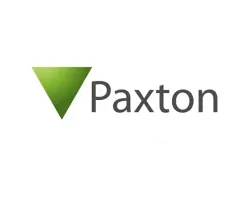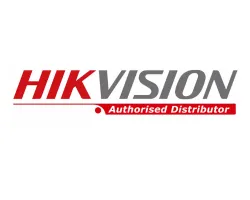What Is Martyn's Law?
The Protect Duty, commonly referred to as Martyn's Law, is a series of regulations introduced by the Home Office that aim to apply appropriate public protection measures to premises and events against terrorism activity.
Following relentless campaigning from the mother of Martyn Hett, one of 21 victims of the 2017 Manchester Arena terrorist attack, these tiered laws have been introduced to ensure that organisations are always prepared for security breaches.
With terrorist attacks on the rise since 2017, these enhanced laws are a counter terrorism measure that protect staff and visitors at venues, whether indoor or outdoor, if those venues have a maximum capacity of above 100 people. For venues with a maximum capacity of over 800, there are further legislations that must be followed.
Martyn's Law has just been given Royal Assent, but what does it mean for businesses who need to prepare?
Protective Duty For Standard Tier Premises and Enhanced Tier Premises and Events
Standard Duty Premises with a Maximum Capacity of Over 100
To avoid financial pressure on small-and-medium businesses, these laws are tiered in line with the capacity of venues to ensure they are reasonably practicable. The activities outline in the standard tier are simple yet effective, and include:
- Training
- Information sharing
- Preparedness plan to standardise protective security practices
Training is a crucial element of preparing for the introduction of Martin's Law, as staff will be able to recognise potential weaknesses in your security, and monitor any suspicious activities. By identifying these weaknesses, staff will also be able to implement appropriate procedures quickly and efficiently to reduce the risk of physical harm during any event.
Having a preparedness plan ensures a premises or event can be secured during any potential acts of terrorism, and by sharing information about their organisation, premises can collaborate with different stakeholders, such as local authorities, emergency services, and other security organisations to identify any vulnerabilities and raise awareness on proposed security measures.
The license holders of such premises will need to notify the SIA (Security Industry Authority) that they are responsible for premises and events of between 200 and 800 people.
Enhanced Duty Premises with a Maximum Capacity of Over 800
For businesses that don't fall within the standard duty premises regulations, there are additional regulations that must be followed. Alongside the standard preparedness plan, organisations must undertake a risk assessment, and training must be carried out with a view to creating a staff culture of vigilance and security.
With training and planning, the legislation recommends that premises include public protection measures such as CCTV systems, access control readers, and other physical security systems.
For persons responsible of qualifying premises and events under the enhanced duty, they must notify the SIA and provide documentation of plans to respond to a terrorist attack happening nearby or at the premises.
What Does Martyn's Law and The Protect Duty Mean for Me?
This new legislation is being introduced to prevent physical harm being caused and ensure that responsible persons have control of the premises in the event of an act of terrorism. It does not, however, mean that measures need to be costly or disproportionate. With the two tiers outlined above, public premises, businesses and organisations can apply measures that are effective without requiring immediate outlay.
Martyn's Law will apply across the UK, and although it gained Royal Assent in April 2025, those responsible to premises or events that fall within scope of the guidance will have an implementation period of at least 24 months to ensure all premises and qualifying events are able to make changes to improve protective security.
Introducing Protective Security and Counter Terrorism Measures
The statutory guidance requires premises in the standard tier and the enhanced tier to understand the requirements set out in the legislation, and to use resources to prepare staff and create a documented plan that can be used in the event of an attack. Such resources include official government guidance and free See, Check and Notify (SCaN) training delivered by the National Protective Security Authority.
No matter the size of your public premises and events, enhancing your physical security can help you to plan and prepare accordingly and introduce procedures and measures that will protect individuals if an attack was to occur there or nearby.
CCTV systems can help to identify threats in other areas of the premises, whilst access control systems prevent unauthorised access from certain areas.
Implementing these additional security measures helps to protect the public and reduce vulnerability of the premises, with the aim of preventing the possibility of further terrorism activities seen in recent times.
To discuss the options for improving the security of your premises, please get in touch with a member of our expert team.





















































